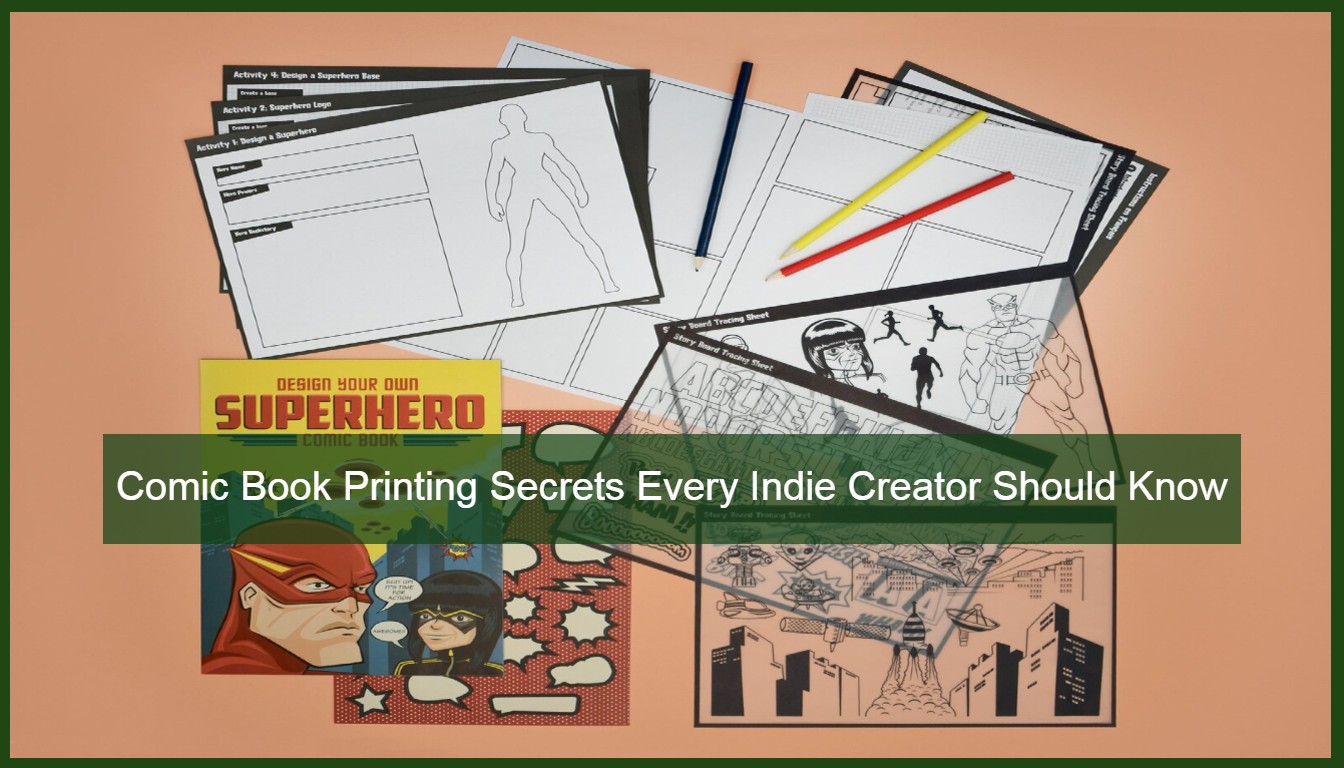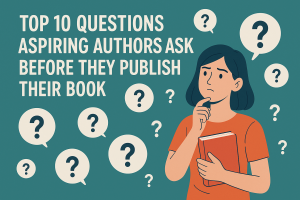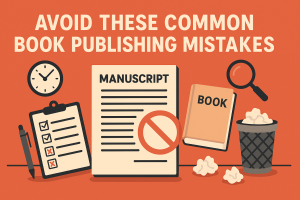Creating a comic book is an art form that blends storytelling with stunning visuals. But beyond the writing and illustration, one of the most crucial steps in bringing a comic book to life is printing. For indie creators, navigating the world of comic book printing can be overwhelming, from choosing the right paper stock to understanding color formats and selecting the best printing method.
This comprehensive guide will uncover the secrets of printing comic books, helping you avoid common pitfalls and ensuring that your final product looks professional. Whether you are printing a comic book for the first time or refining your process, these insights will help you make informed decisions and bring your vision to life.
1. Understanding the Basics of Comic Book Printing
Before diving into the technicalities, it’s essential to understand the fundamental aspects of comic printing. This includes the standard sizes, paper types, and different printing methods available for indie creators.
Choosing the Right Comic Book Size
The size of your comic book print impacts the reading experience, production costs, and visual appeal. The most common sizes include:
-
Standard American Size (6.625″ x 10.25″) – The industry standard used by Marvel and DC.
-
Manga Size (5″ x 7.5″) – A smaller format often used for black-and-white comics.
-
European Album (8.4″ x 11.6″) – Larger and commonly used in European graphic novels.
-
Custom Size – Many indie creators experiment with unique dimensions to stand out.
The right size depends on your artistic style, budget, and target audience.
Paper Quality and Weight: How to Choose the Best Stock
The choice of paper can make or break your comic book’s visual impact. When selecting paper, consider the following:
-
Cover Stock – Heavier cardstock (80-100 lb) gives your comic a professional feel and durability.
-
Interior Pages – Options range from newsprint-style (50-60 lb) to glossy, high-quality paper (70-100 lb).
-
Glossy vs. Matte – Glossy paper enhances vibrant colors, while matte provides a classic look.
Your choice should align with your comic’s tone—action-packed, bright comics often benefit from glossy pages, while noir or indie-styled comics may look better on matte paper.
2. Digital vs. Offset Printing – Which One Is Right for You?
When printing comic books, one of the biggest decisions is choosing between digital printing and offset printing. Both have their advantages, depending on your budget and print run size.
Digital Printing: The Best Option for Small Print Runs
If you’re printing a limited number of copies, digital printing is the way to go. Benefits include:
-
Affordable for small print runs – Ideal for indie creators printing under 500 copies.
-
Fast turnaround time – Digital printing requires minimal setup, making it quick.
-
On-demand printing – You can print only the copies you need, reducing storage costs.
However, digital printing may lack the deep, rich colors that offset printing offers.
Offset Printing: The Gold Standard for Large Print Runs
Offset printing is the preferred method for large-scale comic printing due to its superior quality and cost-effectiveness at higher volumes. Advantages include:
-
High-quality color accuracy – Better vibrancy and consistency in tones.
-
Lower cost per unit for bulk orders – Once the setup is done, large print runs are much cheaper.
-
Greater customization options – Special finishes, spot colors, and advanced effects are possible.
The downside? Offset printing requires a significant upfront cost, making it less ideal for indie creators with a small budget.
3. Color Formats and File Preparation for Print
A common mistake many indie creators make is preparing their files incorrectly for printing. Understanding color formats, resolution, and file types ensures that your comic book print looks exactly as intended.
CMYK vs. RGB – Why It Matters in Printing
-
RGB (Red, Green, Blue) is used for digital screens, which is why colors may look different on your monitor compared to print.
-
CMYK (Cyan, Magenta, Yellow, Black) is the format used for printing comic books, ensuring accurate color reproduction.
Always convert your files to CMYK before submitting them to a comic book printing service to avoid unexpected color shifts.
Resolution: How to Ensure Sharp, High-Quality Prints
-
300 DPI (dots per inch) is the industry standard for crisp, professional-looking prints.
-
Anything lower may result in blurry or pixelated images.
Be sure your artwork and text are properly aligned and within bleed and trim margins to prevent any cutting errors during production.
4. Choosing a Reliable Comic Book Printing Service
Once your files are ready, finding a trustworthy printer is the next step. Many indie creators search for comic book printing companies near me, but it’s important to assess quality before committing.
What to Look for in a Comic Book Printer
-
Experience in printing comic books – Printers specializing in comics will understand industry standards.
-
Print quality samples – Request a sample print to check paper quality and color accuracy.
-
Turnaround time – Ensure the printing timeline aligns with your launch schedule.
-
Shipping and handling – If ordering in bulk, check shipping costs and protective packaging.
Popular comic book printing services include:
-
Mixam – Affordable, high-quality digital printing.
-
Ka-Blam – Great for indie and self-published comic creators.
-
Comix Well Spring – Offers both short and long print runs with excellent customer service.
5. Distribution and Marketing: Getting Your Comic Book in Readers’ Hands
Printing your comic is just one part of the journey. Now, you need to get it in front of readers.
Online vs. Physical Distribution
-
Digital Platforms – Sell PDFs on Amazon Kindle, ComiXology, or your own website.
-
Print-on-Demand – Services like Lulu and IngramSpark allow you to sell physical copies without upfront inventory.
-
Local Comic Shops and Conventions – Network with store owners and attend comic cons to gain exposure.
Marketing Your Indie Comic
-
Social Media Campaigns – Build hype on Instagram, Twitter, and TikTok.
-
Crowdfunding – Platforms like Kickstarter help finance production while building a fan base.
-
Collaborations – Partner with artists, influencers, or YouTubers for promotions.
The more effort you put into comic book marketing, the higher your chances of success.
Conclusion: Mastering Comic Book Printing as an Indie Creator
The journey of printing a comic book can seem complex, but with the right knowledge, indie creators can produce high-quality comics that stand alongside industry giants. By understanding print methods, color formats, paper quality, and marketing strategies, you ensure that your comic reaches its full potential.
Whether you’re working on your first project or refining your printing process, taking the time to master these comic printing secrets will give your comic the professional finish it deserves.






